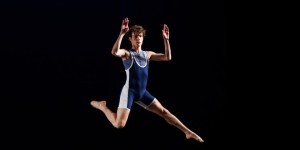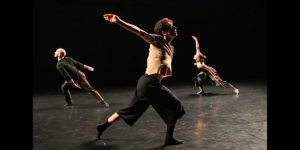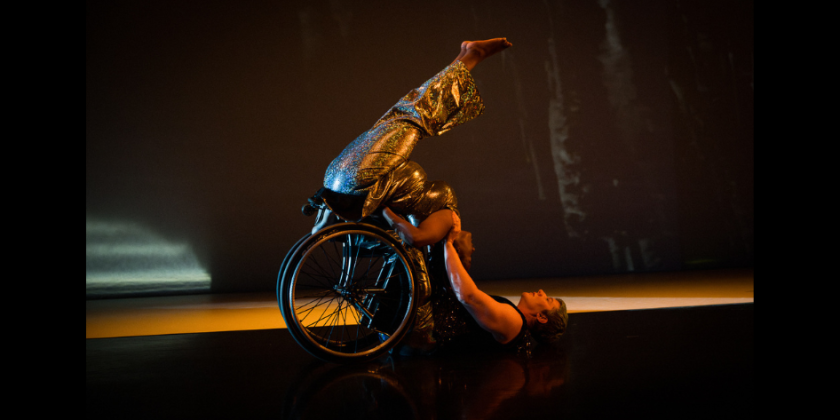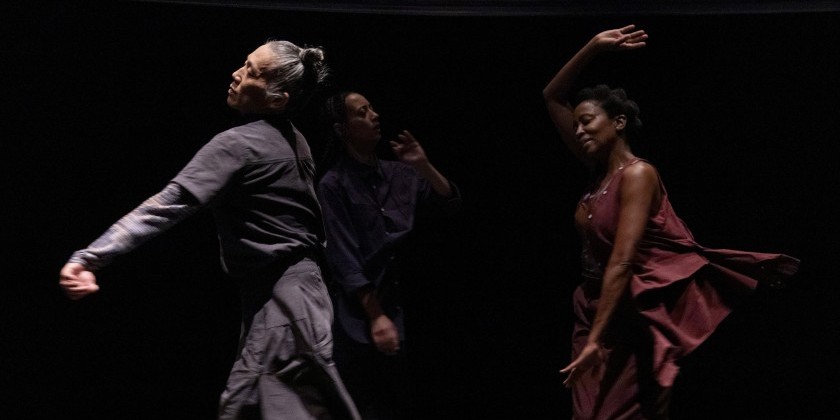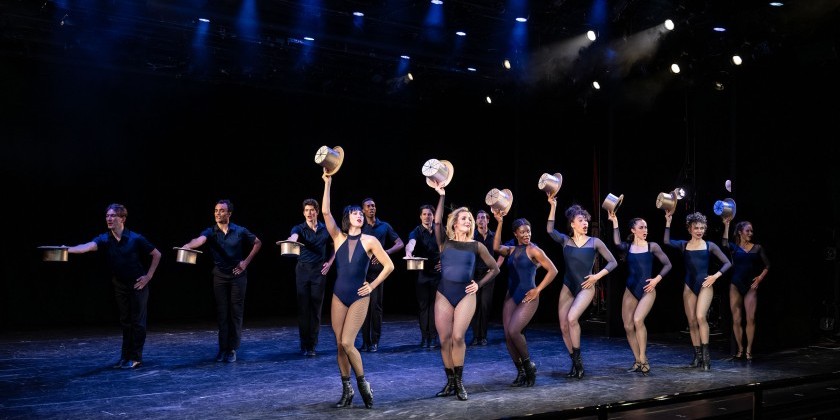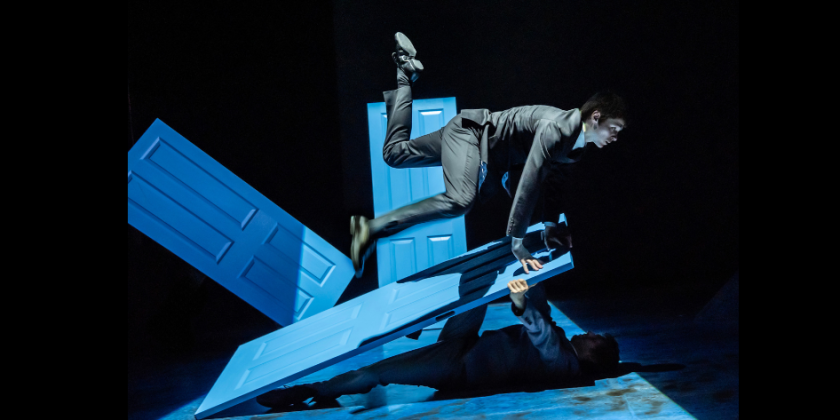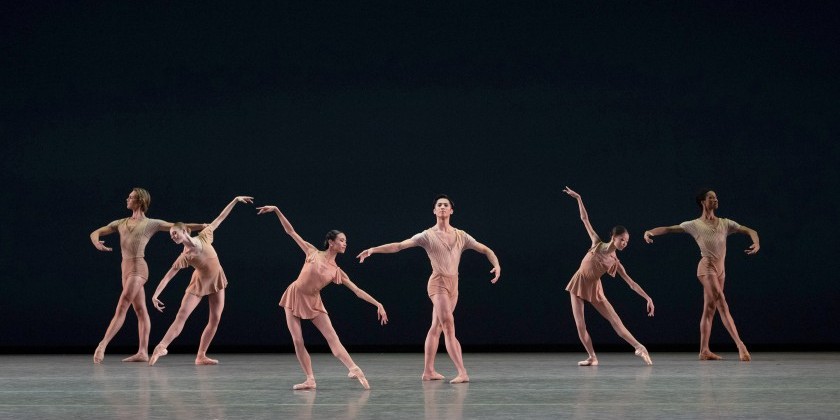IMPRESSIONS: Felice Lesser Dance Theater’s World Premiere of "Trap Ist"
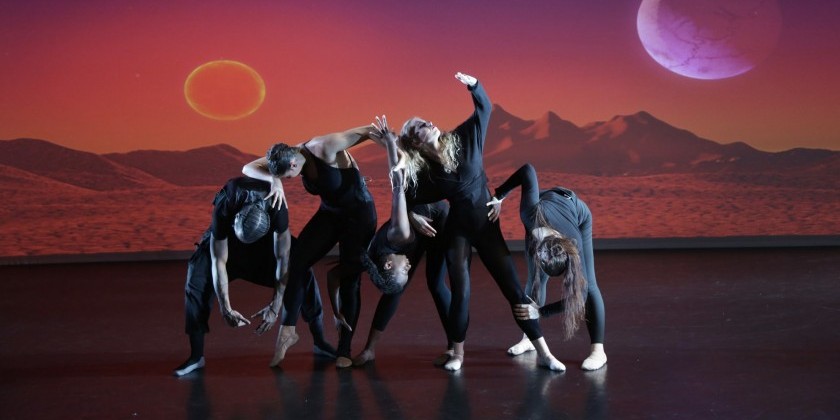
Conception, Choreography (with the performers), Writing and Direction: Felice Lesser
Performers: Zoé Badovinac, Mikalla Ashmore, Rocka Jamez, Amina Konaté, Shannon McCon, Khadijah Munajj, Natalie Stys, Josephine Wokurka
Artistic Design, Sets and Animation: Jonathan Burkhardt//Music: Borut Krzisnik, Stefania de Kenessey, Richard Einhorn, J.S. Bach//Video: Jonathan Burkhardt and Felice Lesser
Interactive Technology: Lorne Svarc (Technodramatists)//Lighting Design: Emily Clarkson
Venue: New York Live Arts
Dates: December 1-3, 2022
While it would benefit from snappier direction, and its heavy-headed text can feel preachy at times, seasoned choreographer Felice Lesser’s Trap Ist is an important new work that really needs to be seen widely, and by multi-generational audiences. However, the ambitious video-enhanced dance-theatre piece (conceived, written, choreographed, and directed by Lesser) is likely to attract, primarily, dance-loving Baby Boomers. Though its fantastical science-fiction plot features an enslaving Artificial Intelligence (A.I.) character who transports young dancers and an aging choreographer to a far-off planet, following an Earth-destroying nuclear holocaust, the show’s message, aesthetics, and cultural references are squarely aimed at Boomer sensibilities.
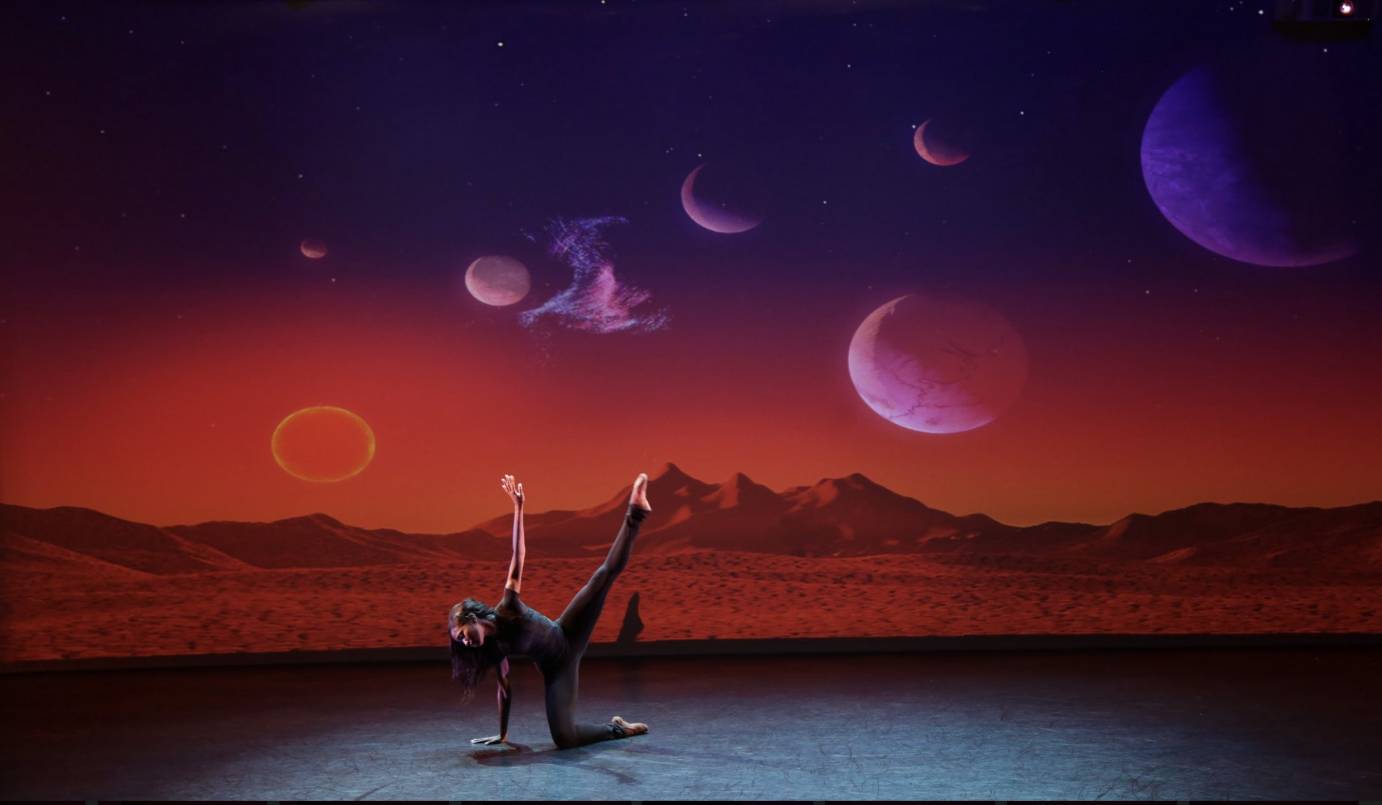
Premiered by Felice Lesser Dance Theater at New York Live Arts (December 1-3), the entertaining 90-minute blend of dance, spoken dialogue, voice-overs, recorded music, and technical effects proffers a serious, timely message – a warning that we must take thoughtful control of our relationship with A.I. before it destroys us. Set in a near-future A.I.-ruled world, where Earth as we know it no longer exists, and older humans are considered unnecessary and inconsequential, the show’s storyline resonates profoundly with viewers “of a certain age." It is, no doubt, autobiographically inspired, with woven-throughout commentary remarking bitterly on the challenges of maintaining relevance as an older dance-maker. (I remember first reviewing Lesser’s work about 22 years ago, at which point she had been choreographing for more than two decades.) So sure, it may be easy for younger viewers to dismiss the show’s content as just the opinions of someone fighting irrelevancy in an era when social behaviors are changing dramatically in response to a seemingly endless, rapid-fire emergence of novel “must-have” technologies. Yet such dismissal would be remiss, as sound scientific research is published regularly explicating the detrimental effects of technology, effects not unlike those explored in Lesser’s provocative piece.
Aesthetically, Lesser’s work draws upon styles of dance, music, and design that are likely to trigger nostalgic pleasures for those who remember life before the Internet. Her lyrical, ballet-based choreography incorporates mainstream modern dance movements, plus a bit of krumping (by Rocka Jamez), and is set to lively, familiar-sounding music by J.S. Bach and contemporary compositions that support the drama in a programmatic fashion recalling classic film scores. The highlight of the production, at least for this viewer, is an animated Leaf character (by Jonathan Burkhardt) who proves to be the holder of great influence and wisdom. The way the Leaf is drawn, and how it “dances” around its planetary environment, is reminiscent of the animation in the old-fashioned Disney movies many of us grew up watching. The Leaf’s pretty, curvy contours and light, flitting maneuvers recall the forest creatures in films like Snow White and the Seven Dwarfs or Bambi. The show’s set is also rendered (by Burkhardt) in a manner that sparks memories. Depicting the orbs and stars of an imagined outer space in soft, warm, welcoming forms and colors, it resembles those solar-system illustrations from elementary school science class that enticed a whole generation of 1960s Americans to get “on board” for the Space Race. And the lights and images that flash across the set look like the energized special effects from old sci-fi movies, rather than the staid, computer code-like rows of numerals and text so often used to represent “high tech” environments today.
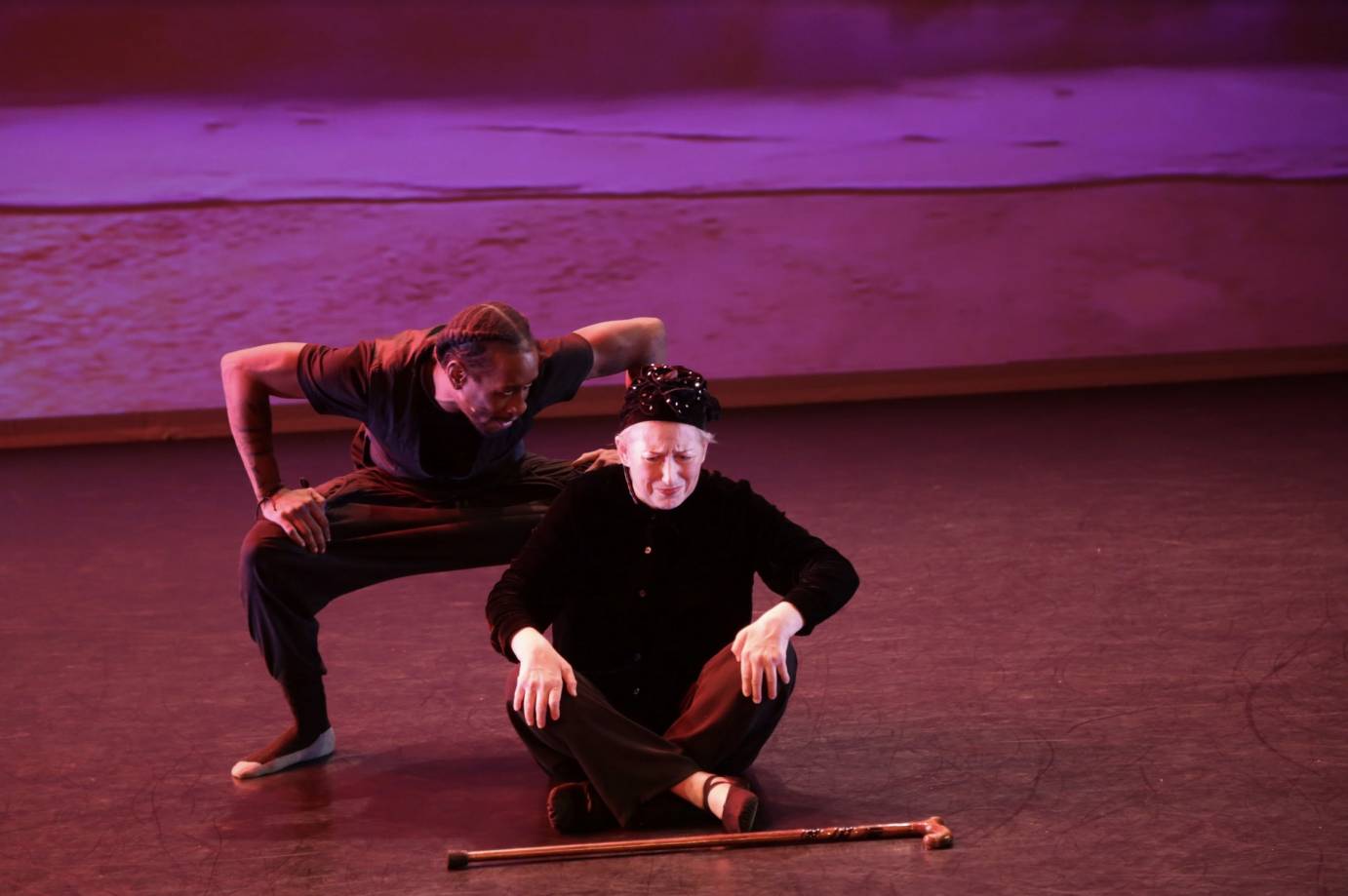
Moreover, sprinkled amid Lesser’s amusing script are cultural references that I’m not sure will land for young audiences. Does everyone still know about Ginger Rogers, the Trapp Family Singers, and TV’s Star Trek? And will they find humor in a line about “all those Generations, X, Y, and Z, hunched over their phones all the time,” or the idea of punishment as having to consult “368 Wikipedia sources on the history of tap dance”? But surely terps of all ages will appreciate the explanation for A.I.’s choice to bring dancers to the new planet: “they are genetically superior to other humans, disciplined, and obedient.”
Ultimately, Lesser’s fairy tale pits A.I. against humans in a battle for the preservation of life and art as we have come to know it, and I won’t spoil the story by giving away who wins. With this production Lesser courageously questions whether A.I.-created work is really art, and she displays a non-post-Humanist perspective that is decidedly out of step with current trends among makers and thinkers in both the arts and academia. Her work deserves our attention.





